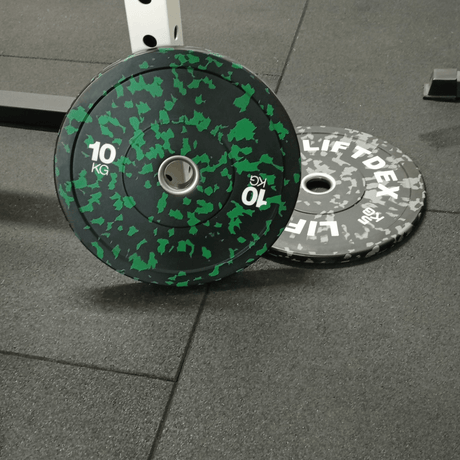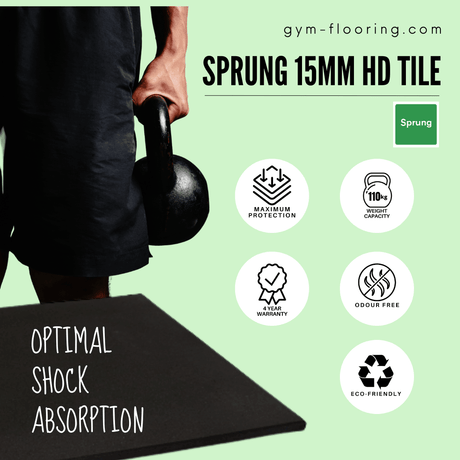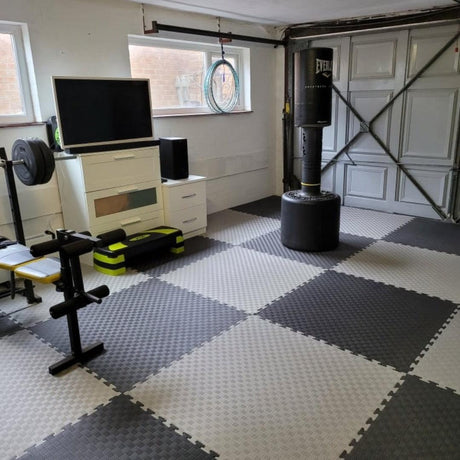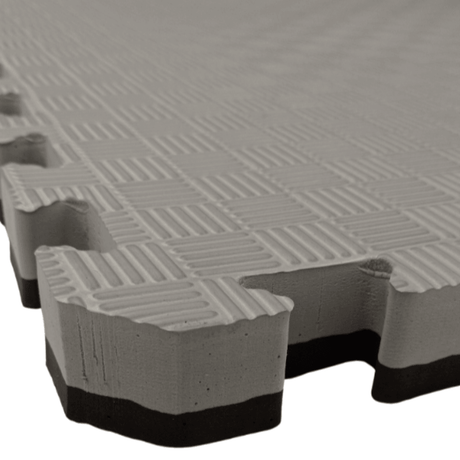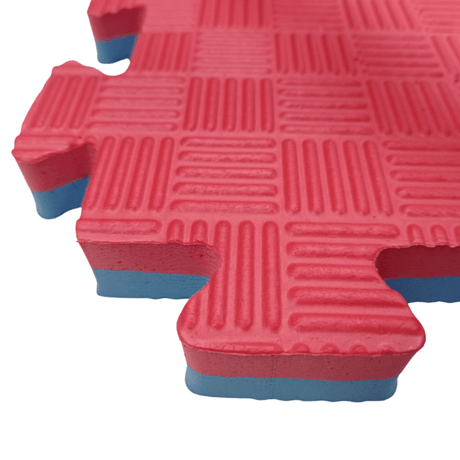Rooftops often require regular maintenance, inspections, and access for personnel. To ensure safe and efficient movement while protecting the rooftop surface, using rubber tiles as a maintenance walkway system is an excellent solution. Rubber tiles offer a range of benefits, including enhanced safety, durability, ease of installation, and versatility. In this blog post, we'll explore the advantages of using rubber tiles as a rooftop walkway system for maintenance access.
- Enhanced Safety:
Safety is paramount when accessing rooftops for maintenance tasks. Rubber tiles provide a slip-resistant surface, even in wet or slippery conditions. The textured surface of rubber tiles ensures better traction, reducing the risk of slips, trips, and falls for maintenance personnel. This added safety feature is crucial when navigating potentially hazardous areas, such as near equipment, vents, or skylights.
- Durability and Weather Resistance:
Rooftops are exposed to various weather conditions, including extreme temperatures, UV rays, rain, and snow. Rubber tiles are designed to withstand these elements, offering excellent durability and weather resistance. The resilient nature of rubber allows it to remain intact and functional under prolonged exposure to sunlight and harsh weather conditions, ensuring long-lasting performance and minimal maintenance requirements.
- Ease of Installation and Flexibility:
Rubber tiles are simple to install, making them a convenient choice for rooftop walkways. The tiles come in interlocking or glue-down options, allowing for easy customisation and adjustment to fit the rooftop's specific layout. The flexibility of rubber tiles enables you to create a walkway system that accommodates obstacles, rooftop equipment, and other access points, providing a safe and efficient path for maintenance personnel.
- Noise and Vibration Reduction:
Roofing systems are often susceptible to noise and vibrations caused by foot traffic or maintenance activities. Rubber tiles act as a cushioning barrier, absorbing impact and reducing noise and vibrations. This benefit is particularly relevant for rooftops above residential or commercial spaces, where minimising disturbances is important. The use of rubber tiles as a walkway system helps create a quieter and more comfortable environment for building occupants.
- Versatility and Customisation:
Rubber tiles offer versatility in design and customisation. They are available in various colours, patterns, and thicknesses, allowing you to create a walkway system that matches the aesthetic of your rooftop. Customisation options also include the integration of safety markings or directional indicators to guide maintenance personnel. This versatility ensures that the walkway system not only serves its functional purpose but also enhances the visual appeal of the rooftop.
- Low Maintenance and Cost-Effectiveness:
Rubber tiles require minimal maintenance, reducing long-term costs associated with upkeep. They are resistant to stains, mould, and mildew, making them easy to clean and maintain. Additionally, the durability of rubber tiles minimises the need for frequent replacements, resulting in cost savings over time.
Conclusion:
Using rubber tiles as a rooftop walkway system for maintenance access offers numerous advantages, including enhanced safety, durability, ease of installation, and customisation options. The slip-resistant surface, weather resistance, and noise reduction capabilities of rubber tiles ensure a safe and comfortable environment for maintenance personnel while protecting the rooftop surface. With their low maintenance requirements and long-lasting performance, rubber tiles provide a cost-effective solution for rooftop access. Choose rubber tiles as your rooftop walkway system and enhance the efficiency, safety, and aesthetics of your maintenance operations





